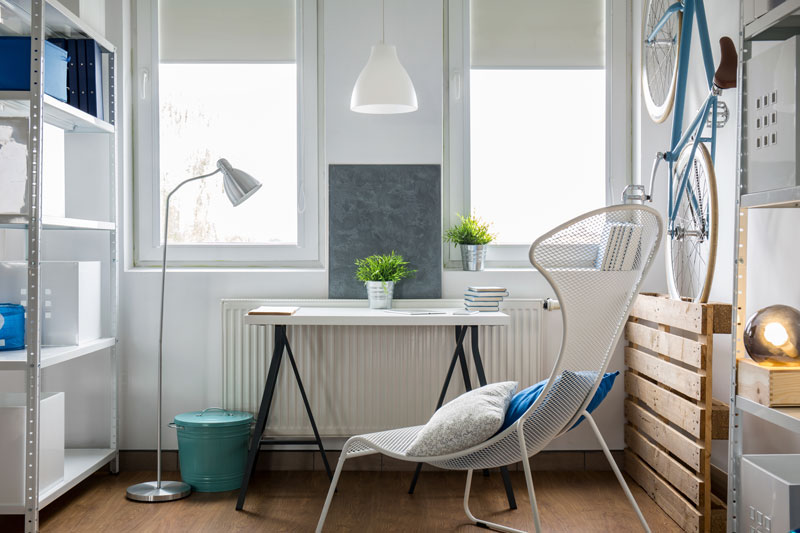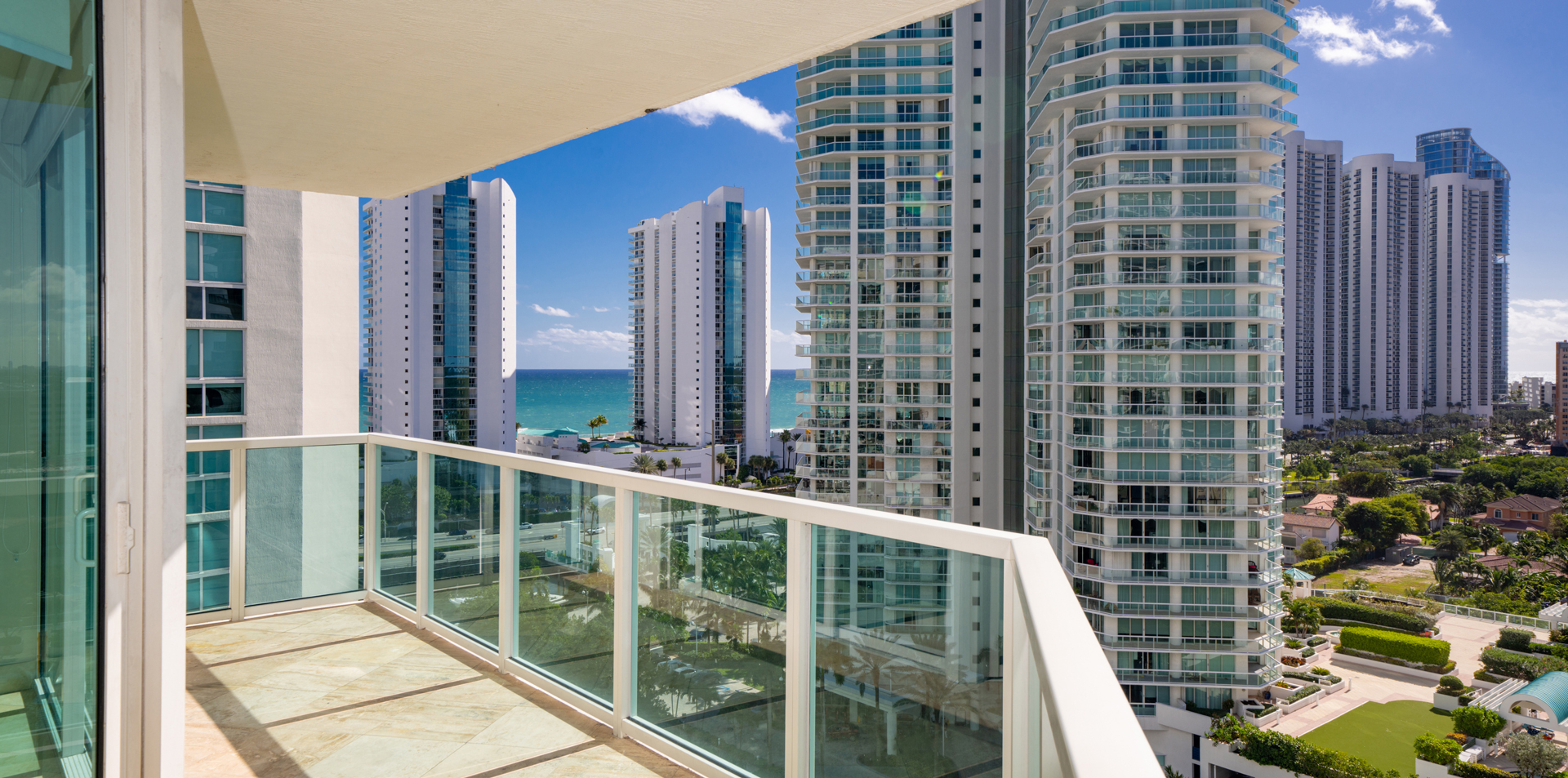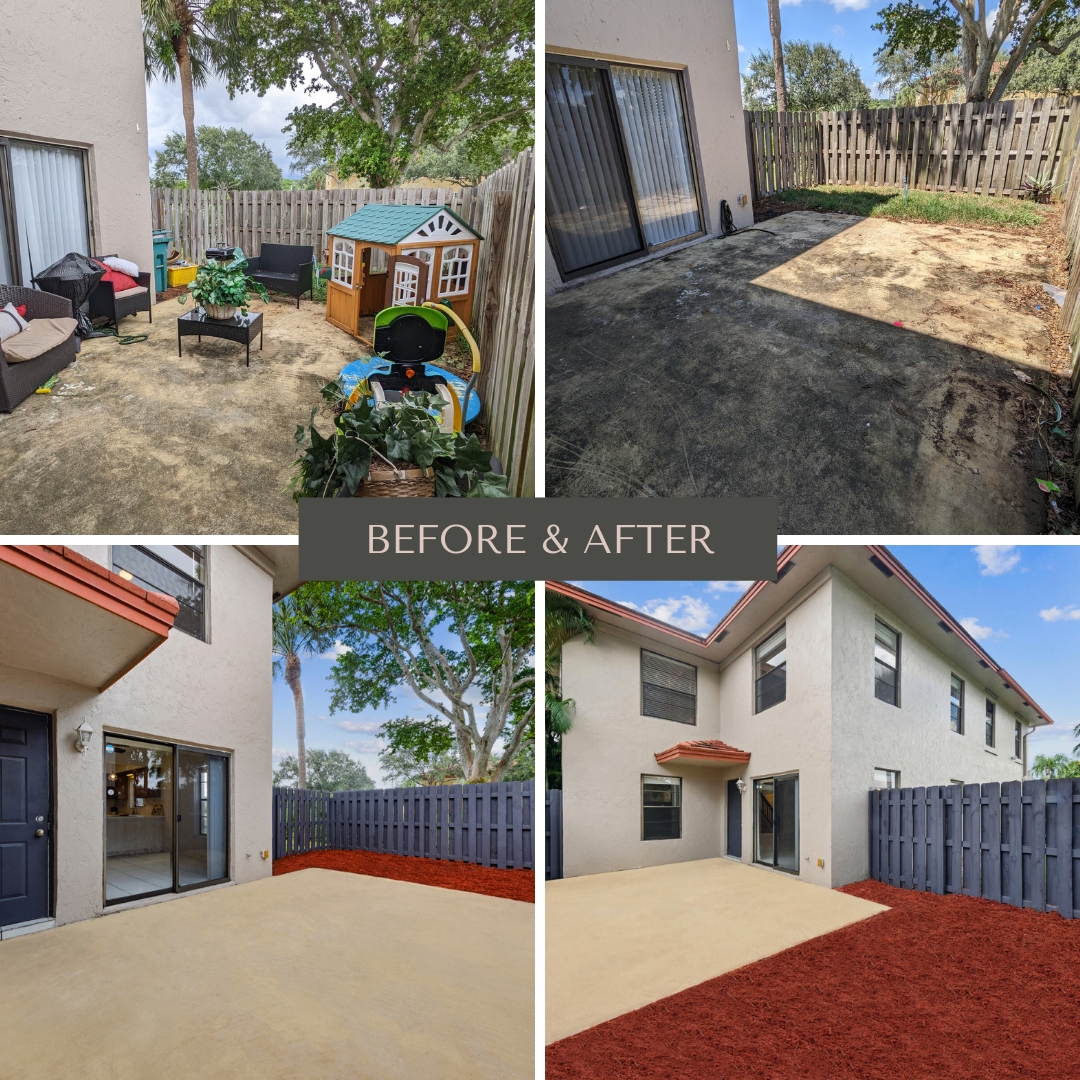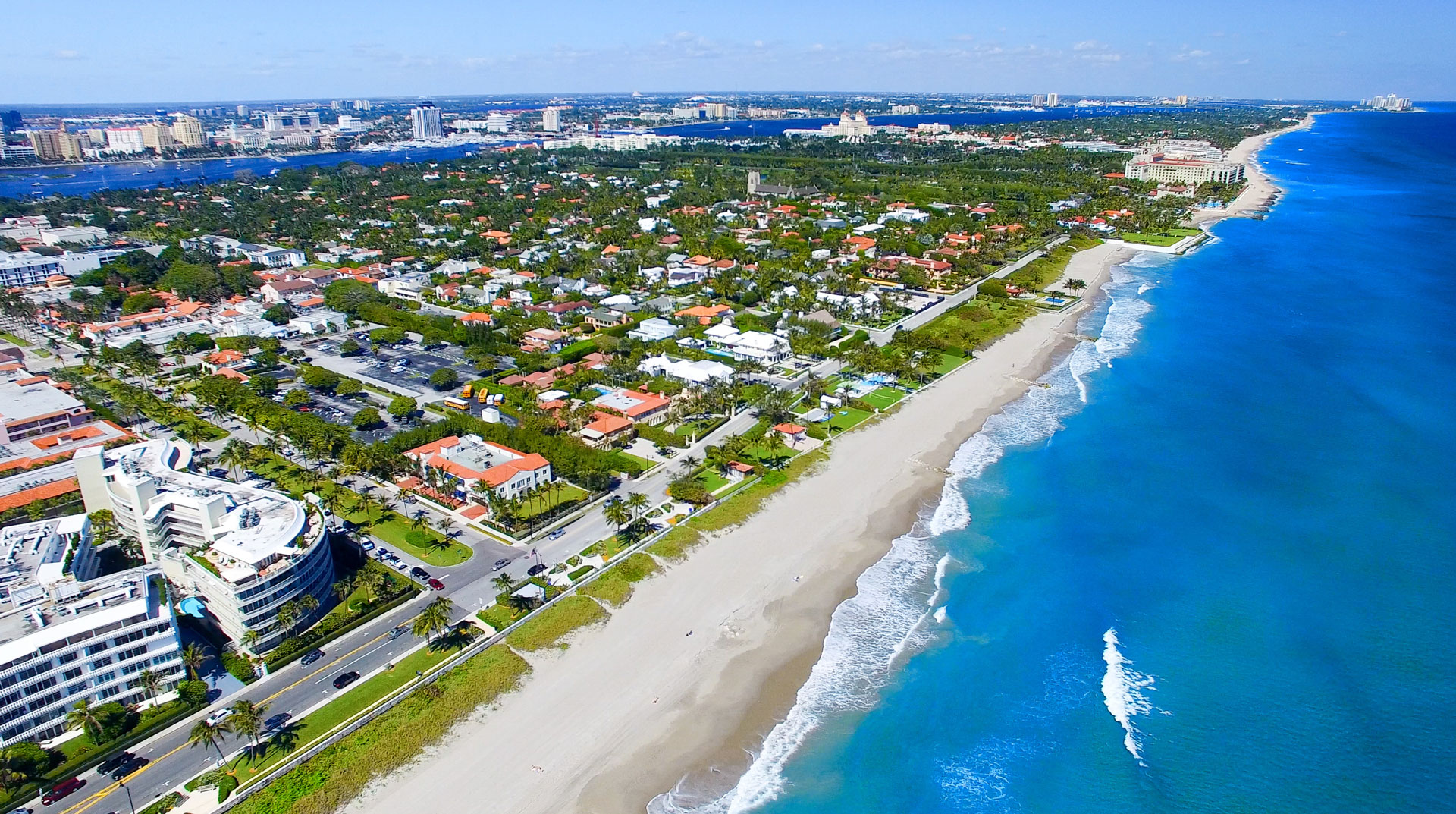In my last newsletter I discussed moving & decluttering, this quarter’s newsletter continues the topic of downsizing, as it relates to real estate housing. As people desire to simplify their lives, to live affordably and save for retirement or travel or education some are choosing to reside in smaller homes. This trend benefits our planet by maintaining and sustaining its natural resources. Continue reading to learn about Micro Apartments, Tiny homes and Accessory Dwelling Units. There are additional links for more information about each and a short YouTube video about a Tiny Home community in Oregon.
Current day terms for these very small living spaces are Micro Units, Tiny Houses and Accessory Dwelling Units. What follows is an overview of these three types of homes plus a description of my family’s experience with an Accessory Dwelling Unit.

Micro Units are usually small apartments or condominiums, less than 400 square feet; they are more popular in urban areas like Miami and where housing options are limited like Key West.
Tiny Houses are becoming more popular and there are even Reality Shows highlighting them. As the name implies, these homes are much smaller than traditional homes. Wikipedia states, “There is currently no set definition as to what constitutes as a tiny house; however, a residential structure under 500 square feet is generally accepted to be a tiny home. The tiny house movement promotes financial prudence, eco-friendly choices, shared community experiences, and a shift in consumerism-driven mindsets. Tiny houses are built to last as long as traditional homes, use traditional building techniques and materials, and are aesthetically similar to larger homes.”
Accessory Dwelling Units (ADU) – According to AccessoryDwellings.org, ”an ADU is part of the same property as the main home. It cannot be bought or sold separately, as a condominium or a dwelling on wheels might be. The owner of the ADU is the owner of the main home. People build them for lots of reasons, but the most common goals, according to one study are gaining income via rent and housing for a family member.”
Here are links to related articles if you want to investigate further:
Zoning regulations and Building codes must be considered when determining if this kind of housing is appropriate for you. Some municipalities do not want a higher density than they have planned for because of parking or stress on utility infrastructure. Municipalities may also limit the amount of unrelated people living on a property parcel.
Nancy’s Experience – My father has 3 acres of family land in the Caribbean which contains the main home and an ADU. The first unit was built in the 1970’s and could be considered a Tiny House – a wooden structure elevated on blocks. Unfortunately, he lost it during Hurricane Ivan in 2004. Later, he expanded and rebuilt the area as a shed, fitness room, cistern and boat port. We converted the fitness room into a micro apartment in 2017. It’s about 200 square feet; a full-length curtain separates the sink, toilet and shower from the other living space. A convection oven and small refrigerator is provided and it’s fully furnished. The rent is $840/month and includes utilities since they are not zoned separately from the main house. The tenant has use of the oversized carport and patio areas but not the shed.




